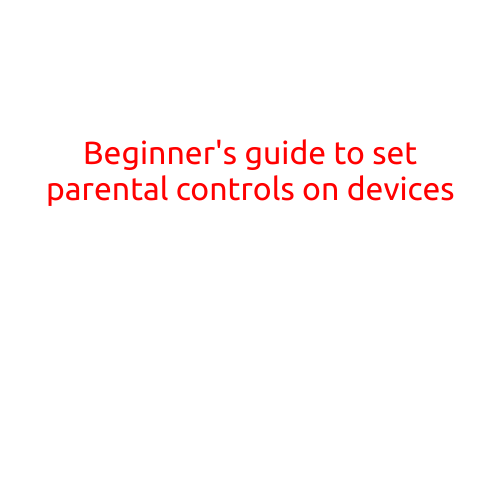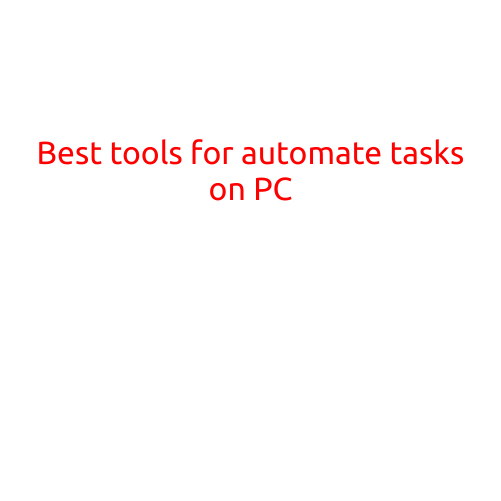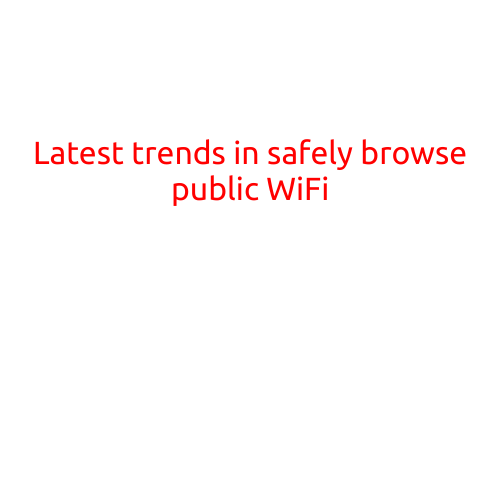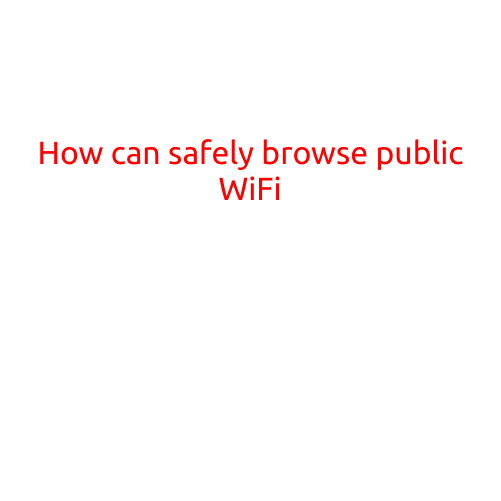
Beginner’s Guide to Set Parental Controls on Devices
In today’s digital age, it’s more important than ever to ensure that your children are using the internet and other devices safely and responsibly. Parental controls are a powerful tool that can help you monitor and limit your children’s online activities, protect them from inappropriate content, and promote healthy internet habits. But if you’re not tech-savvy or don’t know where to start, setting up parental controls can seem overwhelming. Fear not! This beginner’s guide will walk you through the process of setting up parental controls on your devices, step by step.
Why Set Parental Controls?
Parental controls are designed to keep your children safe online by:
- Blocking access to inappropriate content, such as explicit websites or violent games.
- Limiting screen time to ensure a healthy balance between online and offline activities.
- Monitoring online activities, such as chat logs and search history, to detect potential cyberbullying or online harassment.
- Controlling access to social media and online apps that may expose your children to predators or online threats.
- Helping your children develop healthy internet habits, such as avoiding online gossip or cyberbullying.
Which Devices Should You Set Parental Controls On?
Parental controls can be set up on a wide range of devices, including:
- Mobile phones and tablets (Android and iOS devices)
- Desktop computers and laptops
- Gaming consoles (e.g., PlayStation, Xbox, Nintendo)
- Smart TVs and streaming devices (e.g., Roku, Amazon Fire TV)
- Virtual reality devices (e.g., Oculus, Google Cardboard)
How to Set Parental Controls on Different Devices
Here are some step-by-step guides on how to set up parental controls on different devices:
Mobile Phones and Tablets (Android and iOS devices)
- Go to the Settings app on your device and select “Privacy” or “Security”.
- Look for the “Parental Controls” or “Content Restrictions” option and toggle it on.
- Set up a user account for your child and assign a password.
- Customize the control settings to block access to specific apps, set time limits, and restrict in-app purchases.
Desktop Computers and Laptops
- Go to the Settings app on your computer and select “Family & Other Users”.
- Click on “Set up Family Safety” and follow the prompts to create a family account for your child.
- Configure the control settings to block access to specific websites, set time limits, and restrict user accounts.
Gaming Consoles
- Go to the Settings menu on your gaming console and select “Account” or “Parental Controls”.
- Set up a parental control account and assign a password.
- Customize the control settings to limit access to games, set time limits, and restrict online interactions.
Smart TVs and Streaming Devices
- Go to the settings menu on your smart TV or streaming device and select “Parental Controls” or “Settings”.
- Look for the “Parental Controls” option and toggle it on.
- Set up a parental control account and assign a password.
- Customize the control settings to block access to specific channels, set time limits, and restrict streaming content.
Tips and Tricks
- Set up parental controls on all devices used by your children, not just one or two.
- Regularly monitor your child’s online activities and adjust the control settings as needed.
- Educate your child about online safety and responsibilities, and encourage them to come to you if they encounter any issues.
- Consider setting up parental controls on public devices or devices used by guests in your home.
Conclusion
Setting up parental controls on your devices is a simple and effective way to keep your children safe online. By following these step-by-step guides, you can set up control settings on your mobile phone, desktop computer, gaming console, and other devices. Remember to regularly monitor your child’s online activities and adjust the control settings as needed. With parental controls, you can help your children develop healthy internet habits and enjoy a safer online experience.





